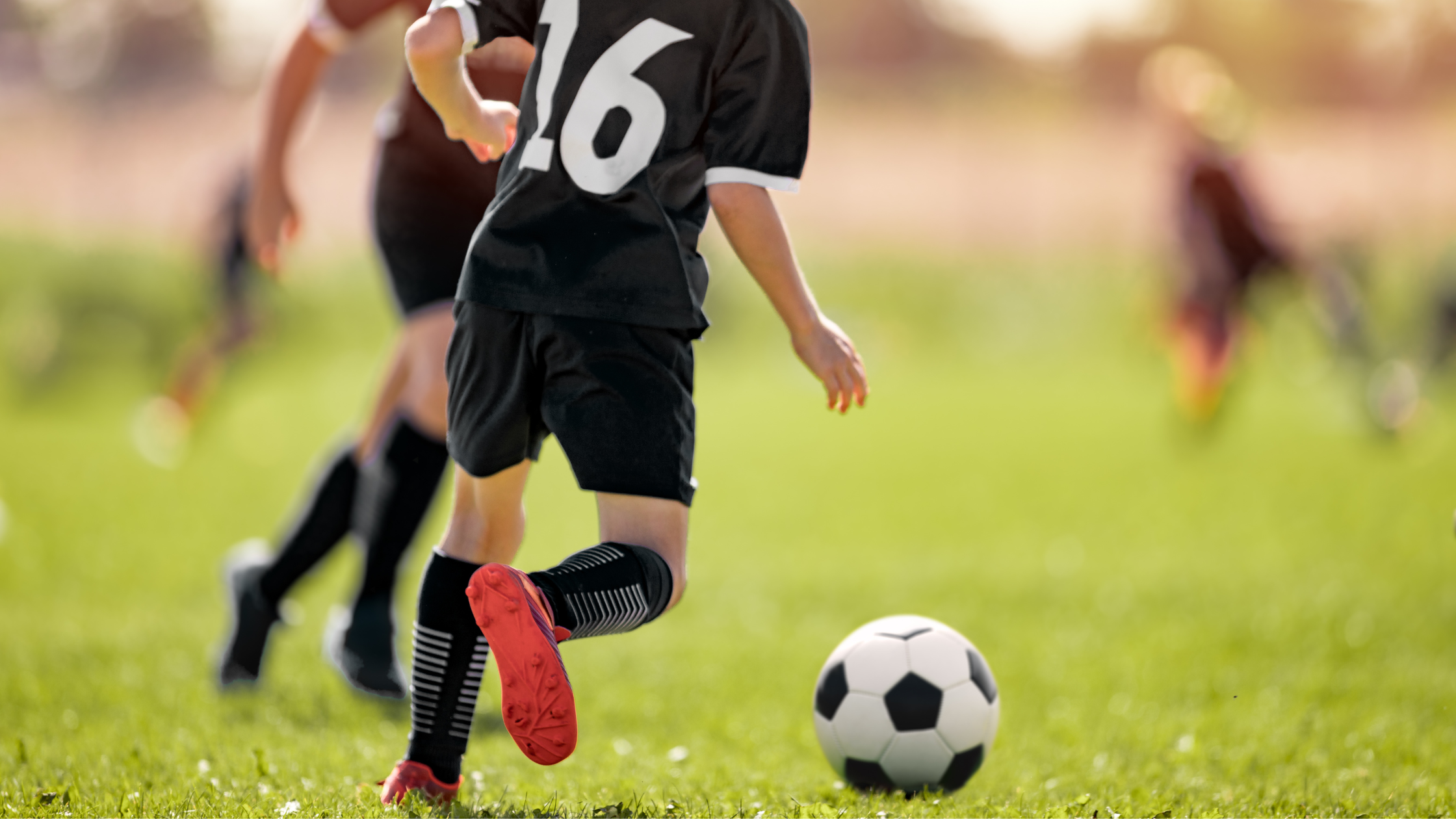![]() Make Appointments 24/7, 365 days a year.
Make Appointments 24/7, 365 days a year. ![]() 302-731-2888
302-731-2888
![]() Make Appointments 24/7, 365 days a year.
Make Appointments 24/7, 365 days a year. ![]() 302-731-2888
302-731-2888

As the vibrant colors of autumn begin to appear, athletes across the globe prepare for the arrival of the fall sports season. High-intensity activities like football, soccer, cross country running, and lacrosse are just some of the fall sports that see a surge in participation during this season. With this rise in sports activity, however, comes an increased risk of sports injuries. The fall season is synonymous with a wide array of sports that demand varying levels of physical exertion. Activities range from football and soccer, which require intense, continual motion, to sports like golf and tennis, which involve more controlled, repetitive movements. Common Fall Sports from September to November: Football Field Hockey Lacrosse Soccer Cross Country Running Cheerleading Volleyball Tennis Golf These sports, while enjoyable and competitive, can sometimes lead to injuries. Understanding the common sports injuries associated with each activity can help athletes prepare better and improve their safety. All sports inherently carry some risk of injury. From minor sprains and strains to more serious conditions like fractures and concussions, athletes need to be aware of the potential dangers. Here are some of the more common injuries seen in fall sports: A concussion is a type of brain injury that can occur in any sport but is more prevalent in contact sports such as football or field hockey. It can also happen in sports like soccer where the head is frequently used to play the ball. Taking any blows to the head seriously is crucial to prevent more serious head injuries. Signs of a concussion can include: Headache Nausea or vomiting Ringing in the ears Sensitivity to light Confusion Fatigue Playing with a concussion can lead to more severe injuries and prolonged symptoms, negatively affecting an athlete's mental state and abilities. Fractures are breaks in the bone that require immediate medical attention. There are several types of fractures, including open, comminuted, complete, and greenstick fractures. Strains are injuries that occur due to a sudden awkward movement or overuse of a muscle. This type of injury can affect both novice and experienced athletes. Overexerting a strained muscle can worsen the injury. Symptoms of a strain can include: Swelling Cramping Stiffness A "popping" sensation Sprains are partial or complete tears of a ligament within a joint, commonly occurring in the ankle, wrist, or knee. While most sprains are minor, an Anterior Cruciate Ligament (ACL) tear--a prevalent injury that affects the knee's stabilizing ligament--is a severe injury that typically requires rehabilitation and/or surgery. Signs of a sprain include: A popping sound during injury Swelling or bruising Pain in the area Difficulty walking or limited range of motion Shin Splints are overuse injuries that commonly afflict runners. They result from a rapid increase in running intensity or frequency, improper footwear, or occasional flat feet. To prevent shin splints, it's recommended to stretch before any physical activity and ensure ample rest between active sessions. Patellofemoral syndrome, also known as runner's knee, is a knee injury that causes pain when the kneecap's cartilage becomes irritated. This injury typically occurs due to repetitive squatting or crouching motions, like those used in volleyball. Awareness of the potential injuries associated with fall sports can greatly help their prevention. Here's a simple checklist that can assist in preventing injuries: Get a physical examination before the active season. Always stretch and warm up before practice or matches. Cross-train to strengthen all muscle groups. Ensure the playing field is properly maintained. Invest in good protective equipment like suitable footwear. Maintain a healthy diet. Speak up if you're experiencing pain. Rest and recover after an injury. Enjoy downtime for mental and physical relaxation. By adhering to these preventative measures, athletes can better prepare their bodies for strenuous activity and minimize the risk of injuries. In the unfortunate event of an injury, seeking immediate medical attention is crucial. Medical professionals can provide appropriate treatment protocols, such as PRICE (Protection, Rest, Ice, Compression, Elevation) for minor sprains and strains, and recommend suitable physical therapy or rehabilitation programs. The fall sports season is a time of excitement and passion for many athletes. However, the risk of injuries is real and should not be overlooked. By understanding the common sports injuries associated with fall sports, taking preventative measures, and seeking immediate medical help when injured, athletes can enjoy a safe and rewarding sports season. If you're an athlete or have a loved one who is, remember to schedule a physical examination with a sports physician. They can provide valuable advice, training recommendations, and other sports medicine tips to ensure you're in the best shape for the fall sports season. Stay safe, stay active, and enjoy the game! For more information on common sports injuries and how to prevent them, feel free to contact First State Orthopaedics today!Fall Sports and Their Common Injuries
Prevalent Injuries in Fall Sports
Concussions
Fractures
Strains
Sprains
Shin Splints
Patellofemoral Syndrome
Mitigating Sports Injuries
In the Event of An Injury
Conclusion
* indicates a required field.